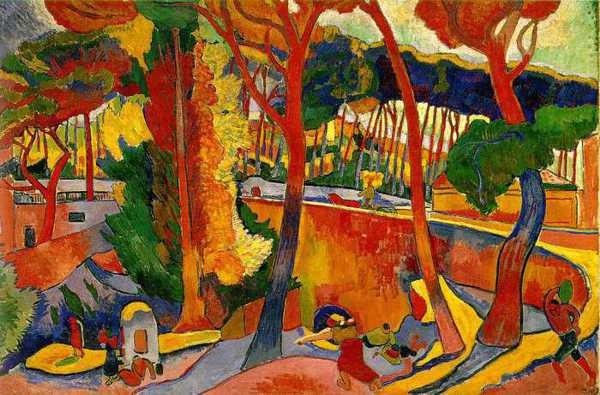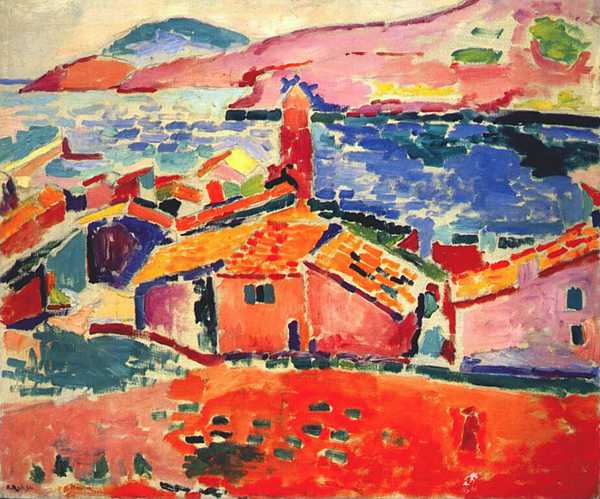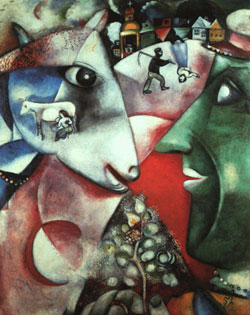Andre Derain
Henri Matisse
Here are some key points about Fausvism from artifactory.com. Click here to read more about fauvism:
Fauvism Notes
- Fauvism was a style of painting developed in France at the beginning of the 20th century by Henri Matisse and André Derain.
- The artists who painted in this style were known as 'Les Fauves'.
- The title 'Les Fauves' (the wild beasts) came from a sarcastic remark by the art critic Louis Vauxcelles.
- Les Fauves believed that colour should be used to express the artist's feelings about a subject, rather than simply to describe what it looks like.
- Fauvist paintings have two main characteristics: simplified drawing and exaggerated colour.Fifth and sixth grade artists took the meaning of les fauves literally! We painted Wild Beasts in the style of the fauvist painters. We focused on using bold brushstrokes, vibrant, unrealistic colors, and creating an interesting and expressive composition.



















































